
Skin Concierge
Choosing the ideal sunscreen: What to consider
How to choose the right sunscreen
Mineral or chemical UV filters? High SPF or eco-friendly formulation? Here are 10 useful tips to help you choose the right sunscreen for your skin type from the wide range of sunscreen products available.
Sunscreen is an essential part of every skincare routine. It protects our skin from the harmful effects of UV rays and helps prevent premature skin ageing and pigmentation. In recent years, there have been significant advances in the development of sunscreen products. New UV filters and formulations are entering the market and awareness of sustainable formulations is increasing. It can be a real challenge to find the right product that not only provides excellent protection, but is also perfectly tailored to the specific needs of the skin.
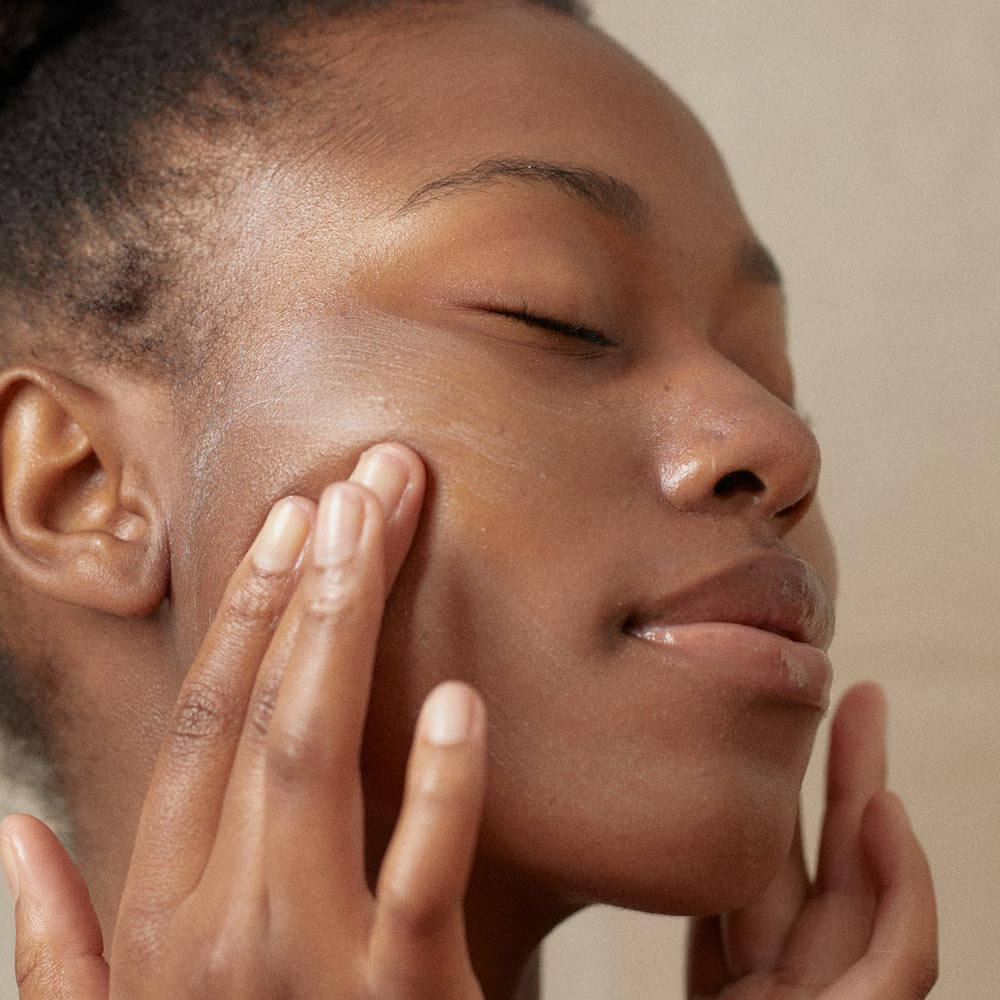

10 tips for choosing the perfect suncream
1. Look for SPF and broad spectrum protection.
The sun protection factor (SPF) indicates how long you can stay in the sun without getting sunburned when your skin is protected with sunscreen. The higher the factor, the better the protection. The recommended SPF varies according to skin type, location and weather conditions. In general, there are the following categories:
- Low protection (SPF 6 to 10):
Suitable for dark skin types that rarely get sunburned. - Medium protection (SPF 15 to 25):
Suitable for people with normal skin types who get sunburned occasionally. - High protection (SPF 30 to 50):
Suitable for fair skin types who tend to burn easily. - Very high protection (SPF 50+):
Suitable for very fair or sensitive skin types that burn easily, as well as children and babies.
In addition to the appropriate SPF, it is important that your sunscreen provides broad-spectrum protection. UVA and UVB rays in sunlight can cause skin redness, sunburn, eye damage, premature skin ageing, unwanted pigmentation and even skin cancer. Reliable, broad-spectrum protection against both UVA and UVB rays helps prevent these harmful effects of sun exposure. However, it is important to remember that no sunscreen offers 100% protection against UV radiation.
2. Choose between chemical or mineral UV filters.
There are two main types of sunscreen: organic-chemical and mineral-physical. Mineral UV filters contain natural minerals such as zinc oxide or titanium dioxide. They work by reflecting and scattering UV rays. In our all-mineral, bio-certified Sensitive Mineral Sunscreen SPF30, transparent non-nano zinc oxide provides broad-spectrum UVA and UVB protection.
Organic filters, on the other hand, consist of various chemical compounds capable of absorbing UV rays and converting them into heat. In the formulations of our High Protection Sun Cream SPF30, our Ultra Light Sun Block SPF50+ and our Solar Defence Body SPF30, we use a combination of mineral and reef-safe, skin-friendly chemical filters.
3. Avoid harmful ingredients – for your skin and our planet.
The harmful effects of some conventional chemical UV filters, such as oxybenzone, octinoxate and octocrylene, are well documented. Large amounts of these chemicals enter rivers, lakes and oceans through swimming or sewage and have a devastating effect on marine life, especially coral reefs. They can cause coral bleaching and affect the growth, reproduction and development of marine organisms. Look for terms such as ‘reef safe’ or ‘reef friendly’ when choosing your sunscreen.
*Several countries have already taken steps to limit or ban the use of these chemicals to protect their fragile marine ecosystems. For example, the Hawaiian Reef Act prohibits the sale, use and possession of sunscreens containing the chemicals oxybenzone and octinoxate.
Your perfect sunscreen should not only be environmentally friendly, but also healthy for your skin and body. Oxybenzone in particular is suspected of interfering with hormone balance and causing endocrine disruption. Chemical sunscreens can also cause allergic reactions and irritation in sensitive skin. Choose products with 100% natural ingredients and certified natural and organic cosmetics.
Mineral sunscreens are a good choice for sensitive skin and children’s skin. Their natural mechanism of action means that they remain on the surface of the skin, making them much gentler on the skin. However, be aware of nanoparticles, which are minerals broken down into particles smaller than 100 nanometres. There are concerns that these tiny particles can penetrate the skin. You’re on the safe side with non-nano zinc oxide or non-nano titanium dioxide.
Controversial ingredients in sunscreens: What should you avoid?
- Oxybenzone
- Octinoxate
- Octocrylene
- Homosalate
- Enzacamides
- Any nanoparticles such as nano-zinc or nano-titanium dioxide
- Silicones
- Parabens
- Mineral oils
- Microplastics such as polyethylene
4. No suncream is 100% waterproof.
A water-resistant sunscreen is ideal not only for swimming, but for all outdoor activities where you sweat or come into contact with water. Water resistance depends on the specific formulation of the sunscreen. Our Sensitive Mineral Sunscreen SPF30 is based on a water-in-oil emulsion and is proven to be water-resistant. Water-resistant sunscreens stay on the skin longer and are not washed off immediately by water.
However, it is important to remember that no sunscreen is completely waterproof. The ‘waterproof’ label means that the sunscreen will continue to protect you for a certain amount of time after contact with water. You should always reapply your sunscreen after sweating or swimming.
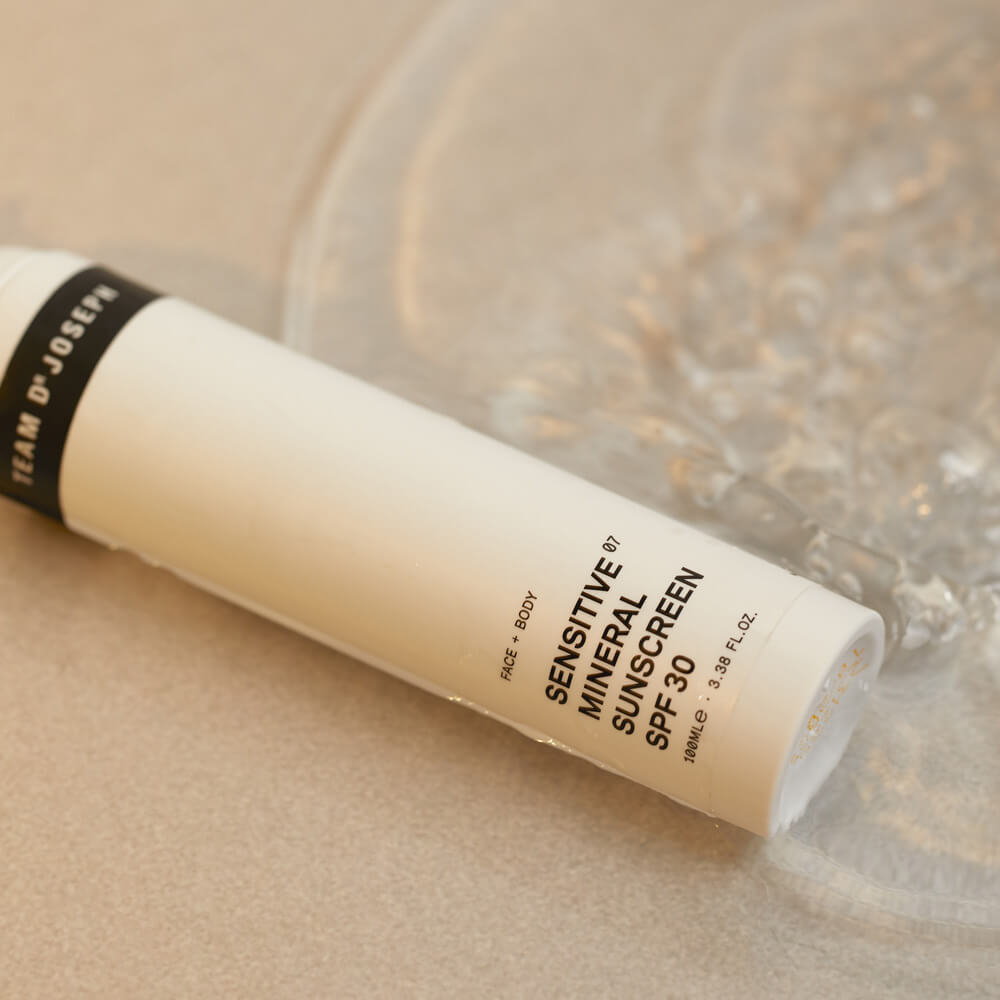
5. Correct application is important.
Sunscreens come in different textures such as lotion, spray, stick or gel. Choose the one that best suits your skin and application style. Good to know: Most people don’t apply enough sunscreen. The recommended amount is about 2 milligrams of sunscreen per square centimetre of skin. That’s about three tablespoons of sunscreen for the whole body.
In addition to the right amount, the frequency of application plays a key role in providing effective, long-lasting protection. Sunscreen should be reapplied every two hours and immediately after sweating or swimming. In general, sunscreen use is recommended all year round – not just in the summer. UVA rays, which can cause premature skin ageing, unwanted pigmentation and even skin cancer, are just as strong all year round. They can also penetrate glass and clouds, so it is important to wear sunscreen even on cloudy days.
For optimal protection, organic chemical sunscreens should be applied 15 to 30 minutes before exposure to the sun. This time is needed for the product to penetrate the skin and become effective. Mineral sunscreens, on the other hand, work immediately after being applied to the skin.
6. Check the shelf life.
Like other skin care products, sunscreen products can expire. An expired sunscreen may not provide the same reliable protection as a new product. Once you open your sunscreen, it is exposed to oxygen, light and various contaminants. This can change the ingredients and the protection it provides, and the SPF will gradually decrease.
Unopened sunscreens are generally safe to use for 30 months from the date of manufacture. The length of time a sunscreen can be used after opening is often indicated on the packaging. Look for the symbol in the shape of an open round jar that says, for example, ’12 M’. This means that the sunscreen will remain effective for at least 12 months after opening, provided it is stored correctly – in a dark, cool and dry place. Intense sunlight and heat can reduce the shelf life. If your sunscreen smells unpleasant, has changed colour or consistency, you should throw it away.


7. Use a sunscreen that is appropriate for your skin type.
Do you have sensitive or blemish prone skin? Choose a sunscreen that is specifically formulated for your skin type to avoid irritation and fully nourish your skin.
Dry skin
Combine sun protection with moisturising. Especially in summer, heat, dry air and intense sun exposure can contribute to faster skin dehydration. Natural moisturising and binding ingredients such as prickly pear, glycerin or aloe vera help to regenerate and replenish the skin’s moisture reserves, leaving it feeling supple and intensely nourished.
Impure skin
If you have acne-prone or oily skin, choose a non-comedogenic sunscreen that won’t clog pores. Light creams or gels that spread easily and absorb quickly are ideal. Also make sure your skin is well moisturised. Irritated, dry skin tends to produce more sebum.
Sensitive skin
To avoid irritating sensitive skin, choose a sunscreen that is free of potentially irritating ingredients such as perfumes and fragrances, alcohol and certain chemical UV filters. Mineral-physical sunscreens containing zinc oxide or titanium dioxide may be a good choice as they are generally less irritating than chemical sunscreens.
Mature skin
Mature skin benefits from sunscreens that contain antioxidants. When the sun’s high-energy, short-wave UV light acts on skin cells, it produces free radicals. Natural antioxidants, such as butterfly bush, prickly pear or vitamin E, neutralise free radicals and protect cell structures from damage. Signs of ageing, loss of elasticity and hyperpigmentation can be prevented.
8. Choose the right sunscreen for children.
Children’s delicate skin needs special attention and extra protection to avoid long-term damage. Here are some important things to remember when using sunscreen on children:
- Use a sunscreen with a high sun protection factor, preferably SPF 50+.
- Make sure the sunscreen provides broad-spectrum protection against both UVA and UVB rays. Good to know: Some sunscreens also provide comprehensive protection against the harmful effects of blue light and infrared light.
- Children’s skin can be sensitive to irritating ingredients. Make sure the sunscreen has been dermatologically tested for sensitive skin and does not contain irritating ingredients, alcohol or fragrances.
- The physical protection of mineral sunscreens is particularly gentle and is usually well tolerated by children’s skin. Avoid sunscreens containing potentially harmful chemicals such as parabens, phthalates, oxybenzone and octinoxate.
- Apply sunscreen generously to your child’s skin several times a day and use a water-resistant sunscreen. Complement sun protection with protective clothing and sunglasses.
- Remember that sun protection is not only important on sunny days. UV rays can damage sensitive children’s skin even on cloudy days.
- Show your child the importance of sun protection by modelling the right behaviour. Set an example by wearing sunscreen and staying in the shade, especially during the hours when the sun is most intense.
9. Combine sun protection with after sun care.
After sun care is just as important as sun protection. Since sunscreens cannot completely block UV rays, it is important to treat our skin with intensive after sun care. After sun products contain moisturising, soothing and calming ingredients to support the skin’s repair mechanisms.

10. Test the suncream before you buy.
There is a wide range of products available to help you find the one that best suits your preferences and needs. Try the texture of the sunscreen to make sure it feels good on your skin, absorbs quickly and does not leave a white residue. After all, the ideal sunscreen has to be perfect for you in terms of fragrance and application.
If you are looking for an environmentally friendly sunscreen option, take a closer look at the packaging of your sunscreen before you buy it. Look for products with sustainable packaging. Recycled and recyclable materials leave no harmful residues in the environment and help to reduce the global packaging problem and excessive resource consumption.
Our sun care tips at a glance
- Look for SPF and broad spectrum protection.
- Choose between chemical or mineral UV filters.
- Avoid harmful ingredients – for your skin and our planet.
- No suncream is 100% waterproof.
- Correct application is important.
- Check the shelf life.
- Use a sunscreen that is appropriate for your skin type.
- Choose the right sunscreen for children.
- Combine sun protection with after sun care.
- Test the suncream before you buy.
OUR RECOMMENDATIONS FOR YOU
2 min
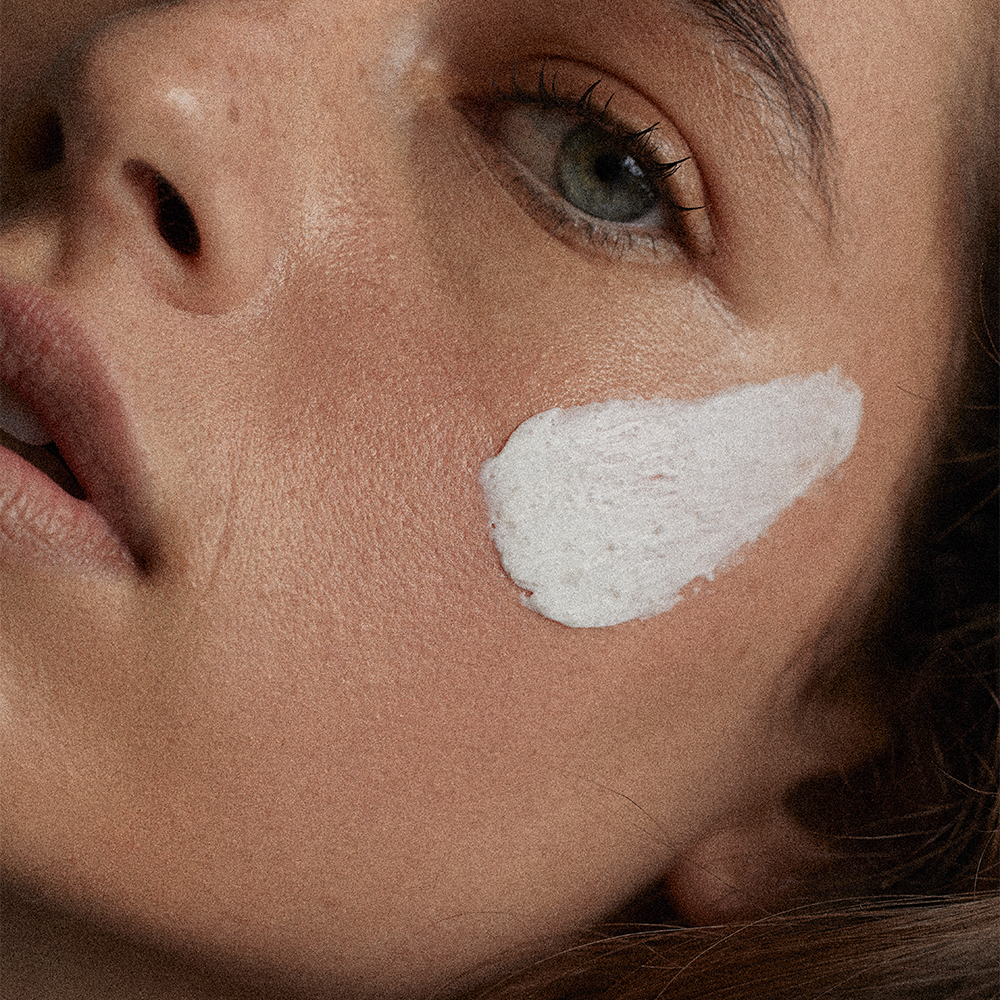
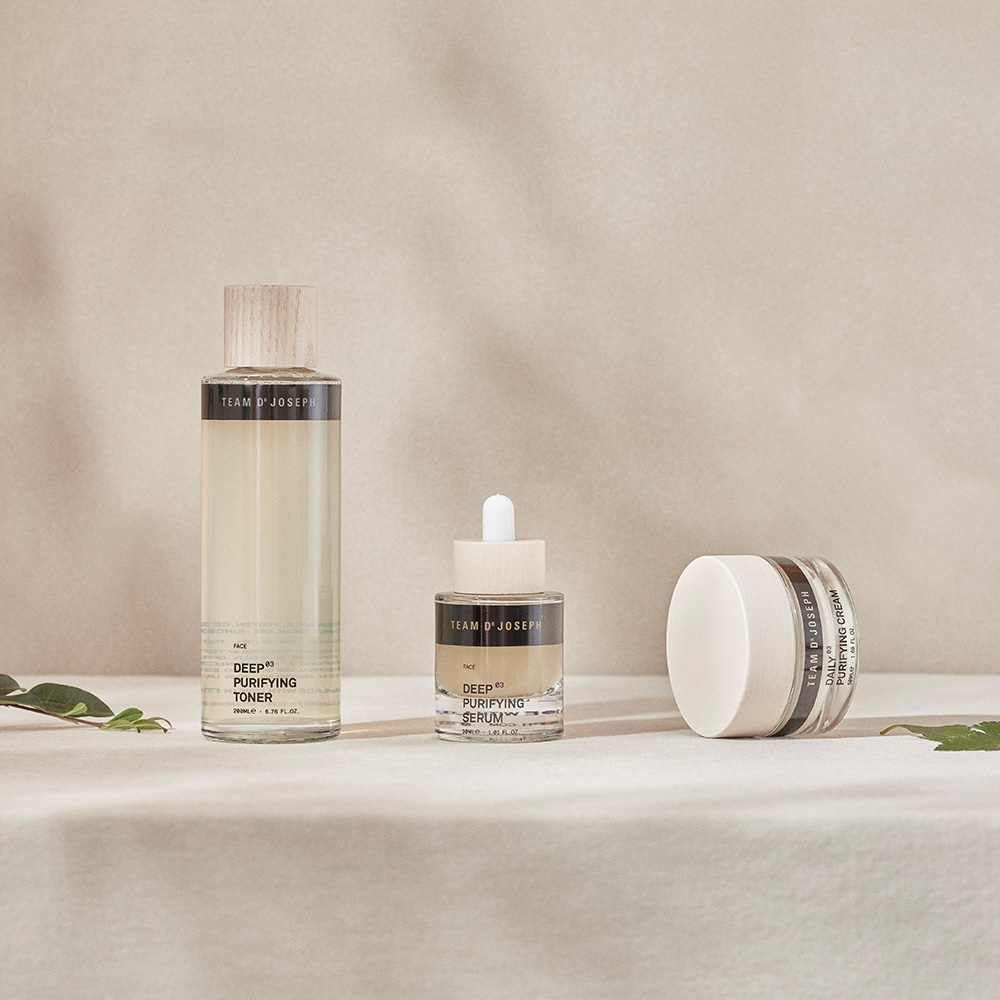
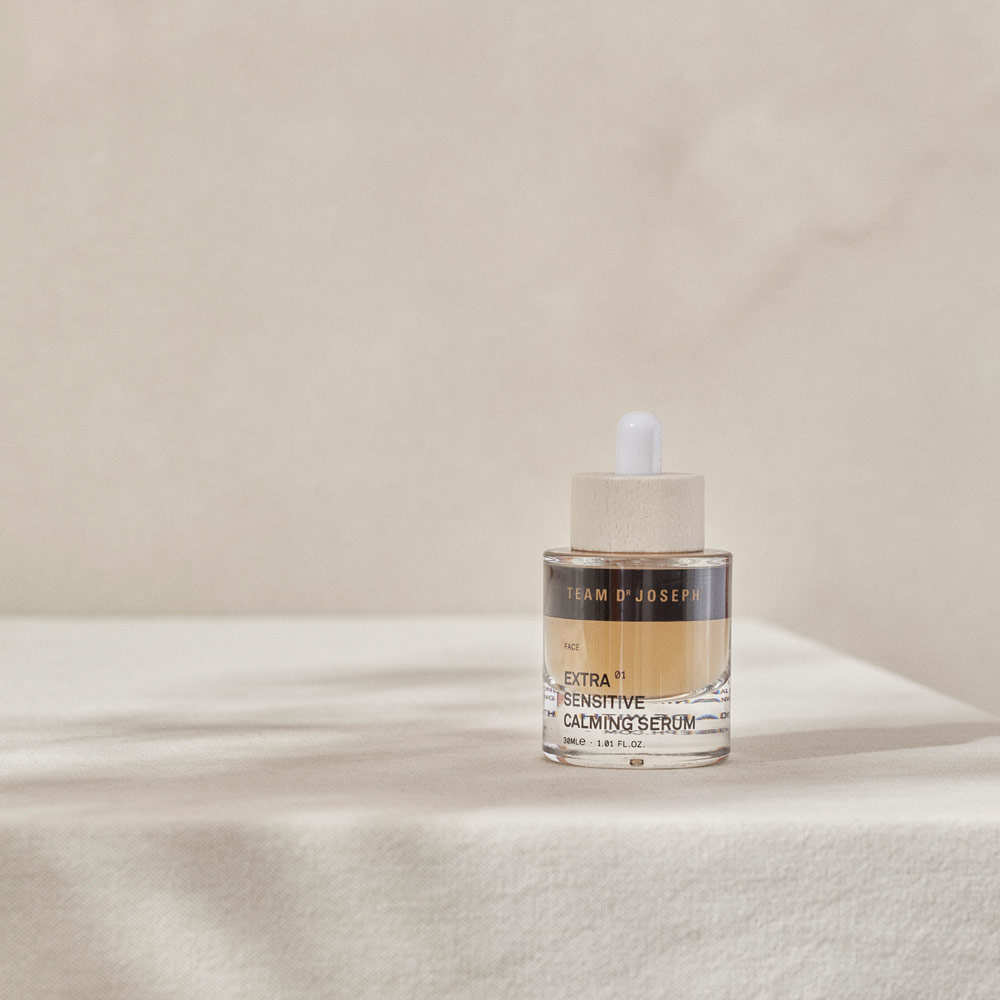
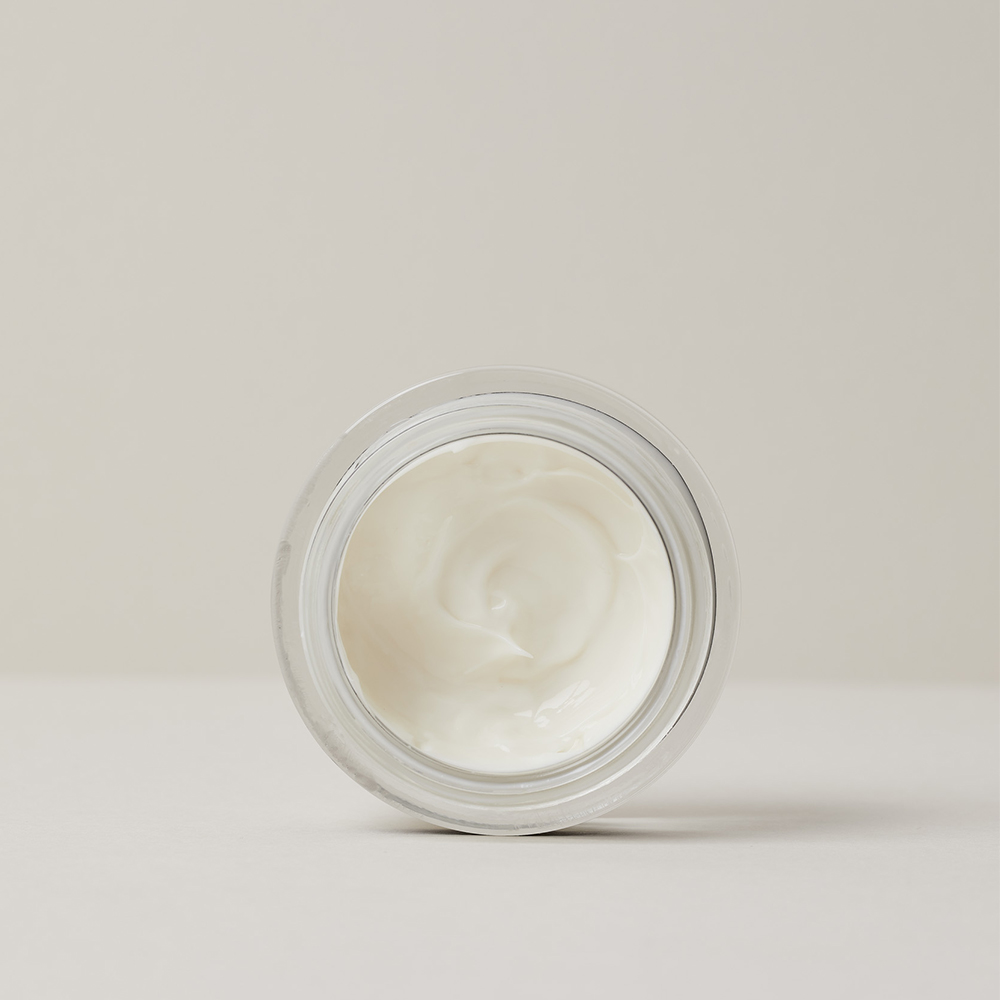
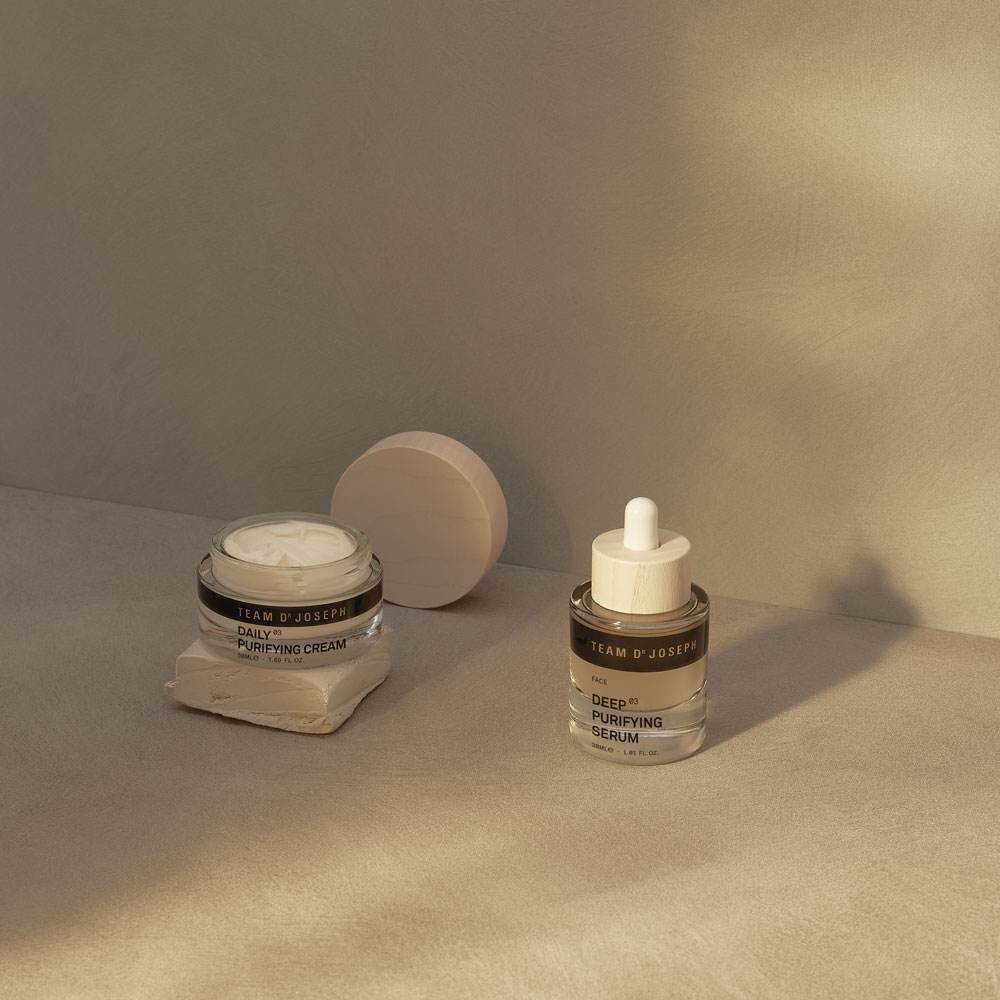

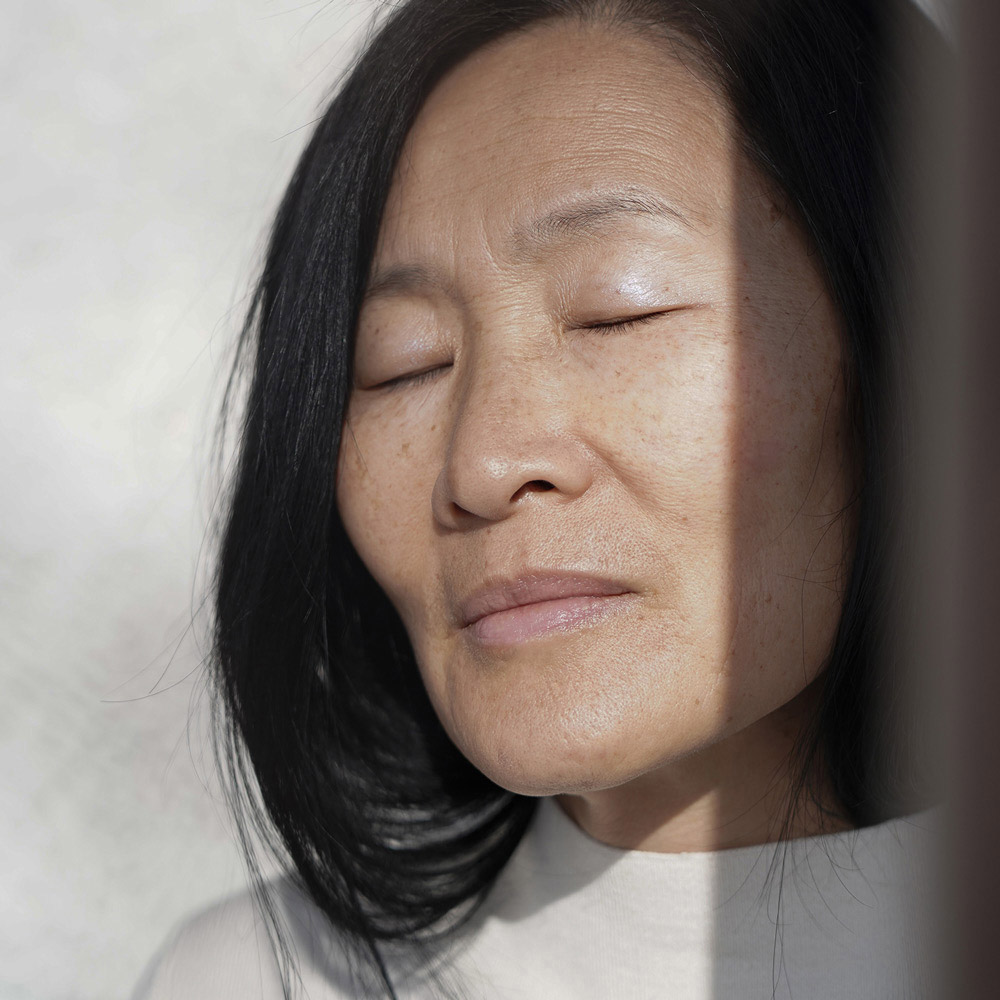
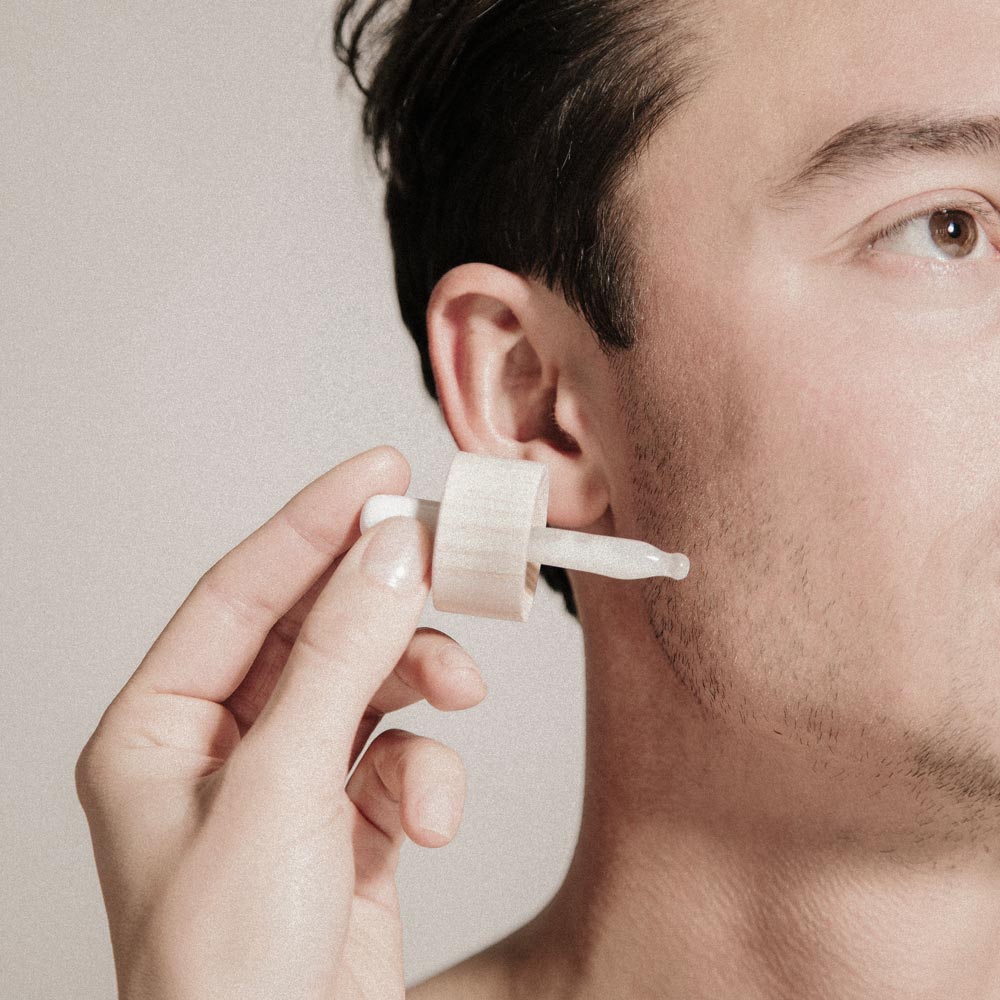

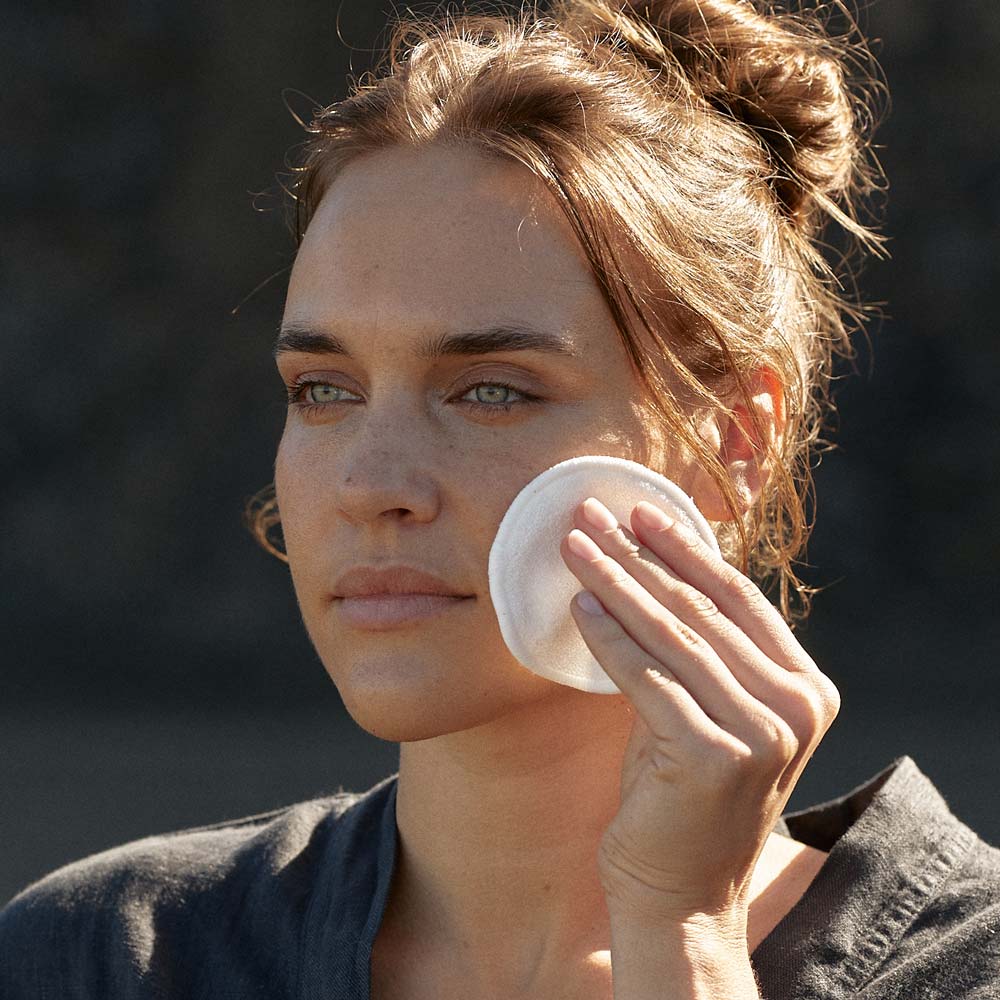
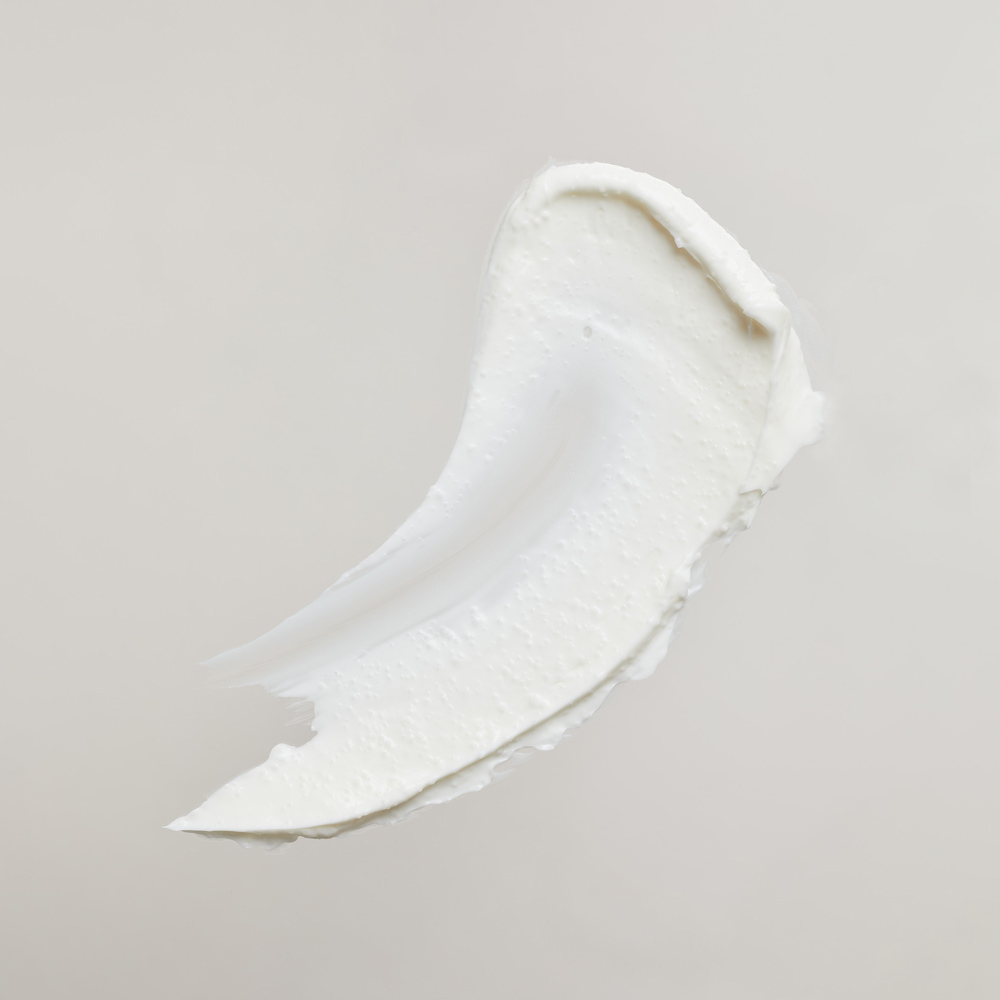
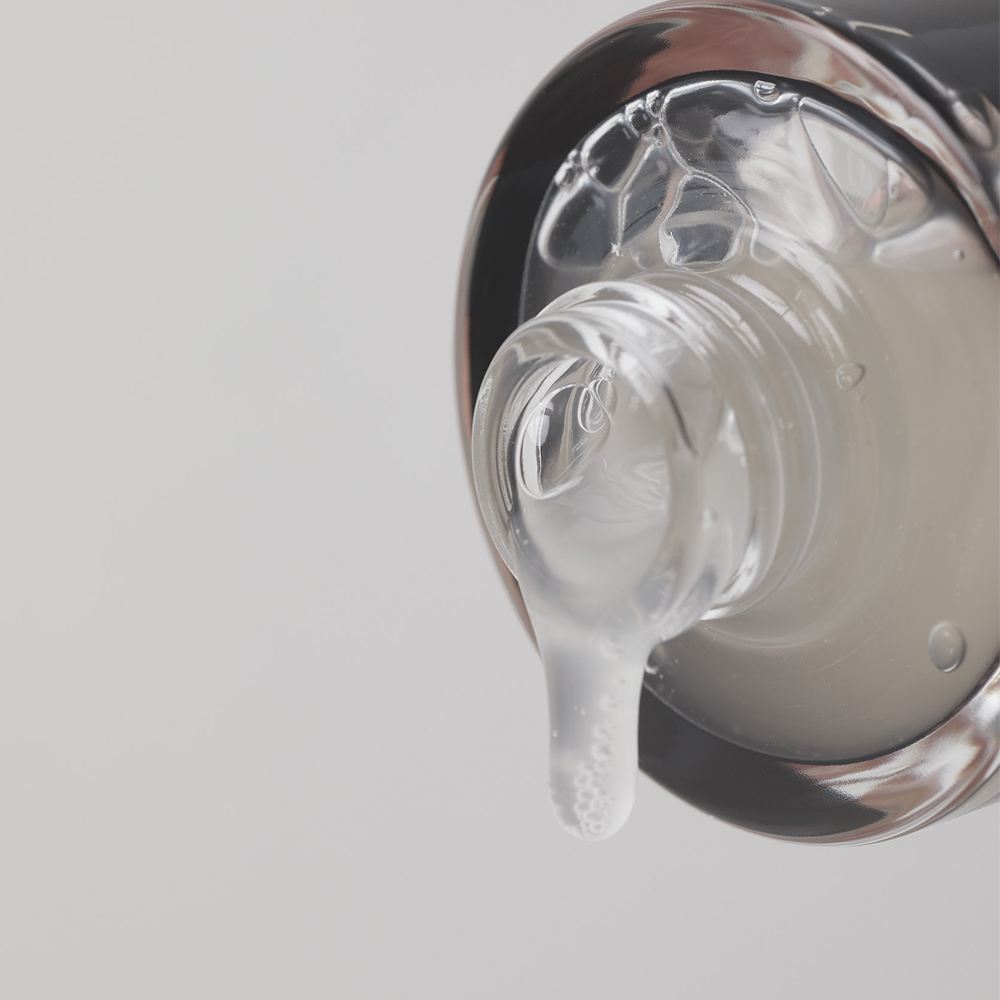
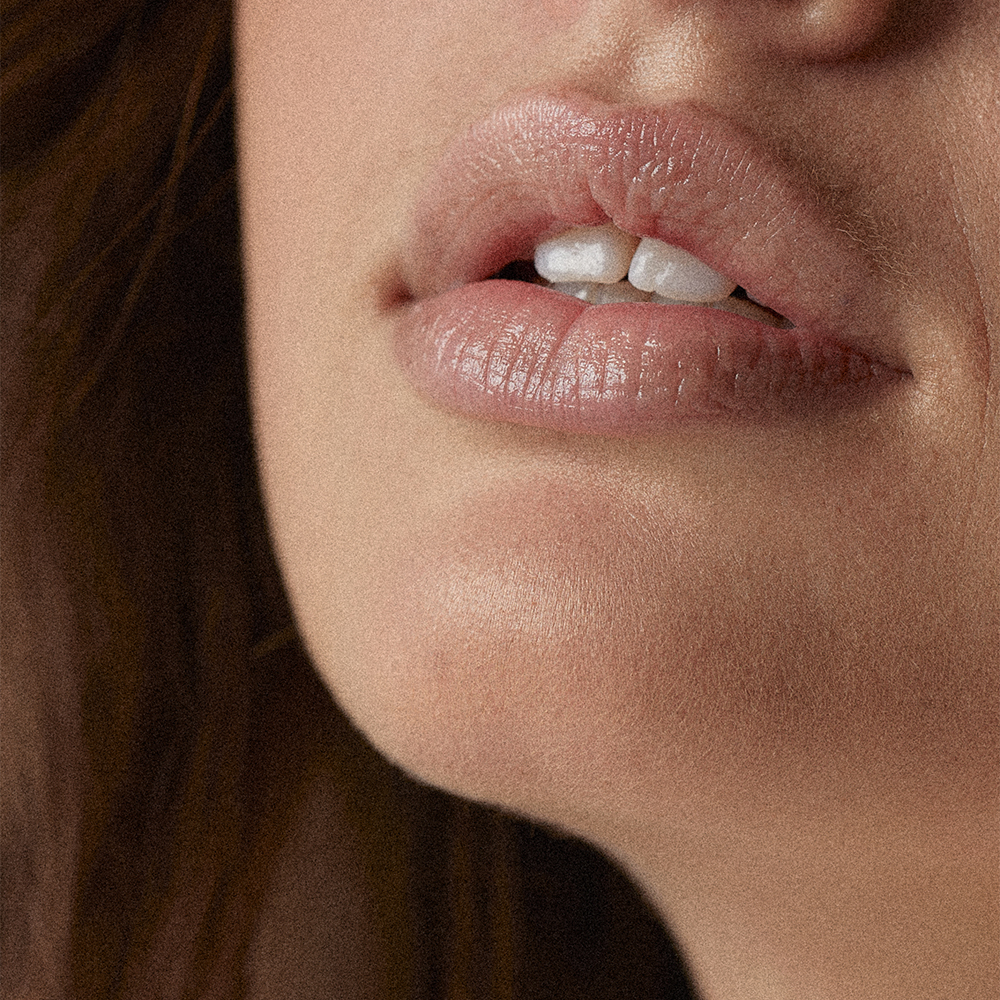
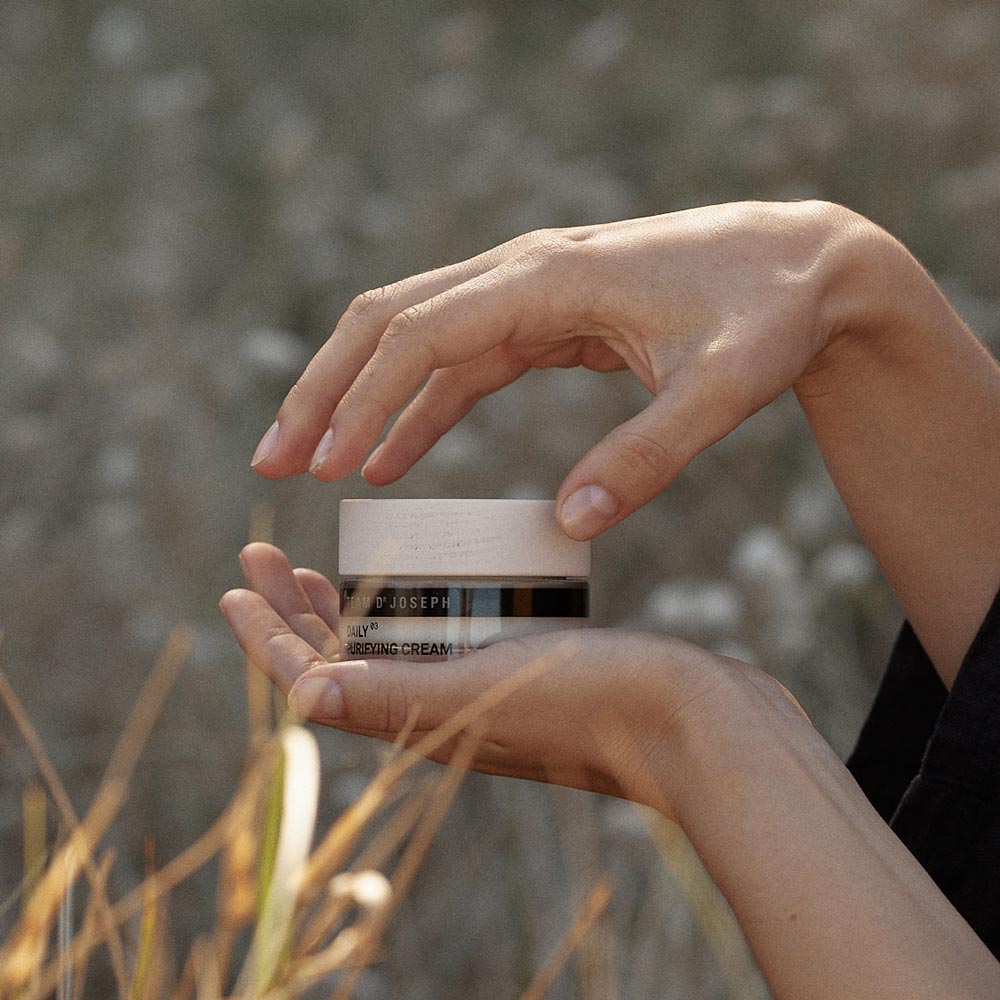
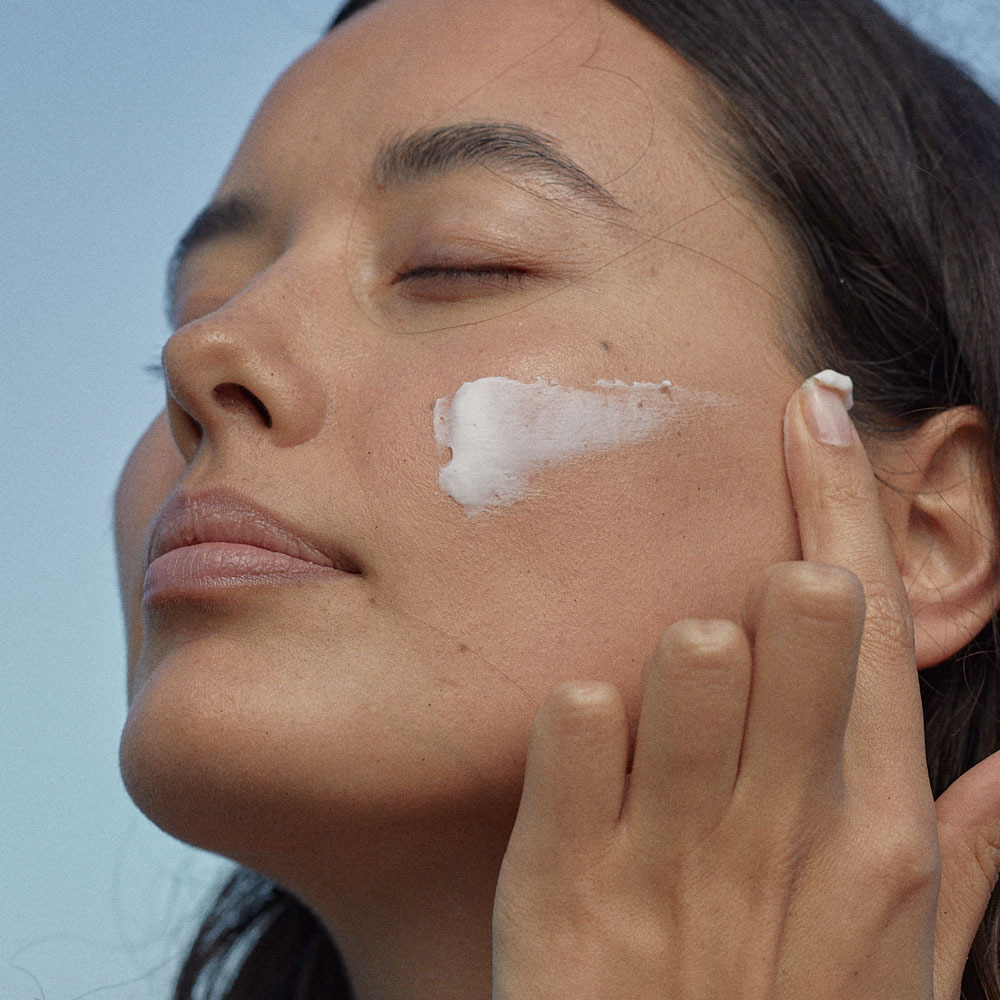


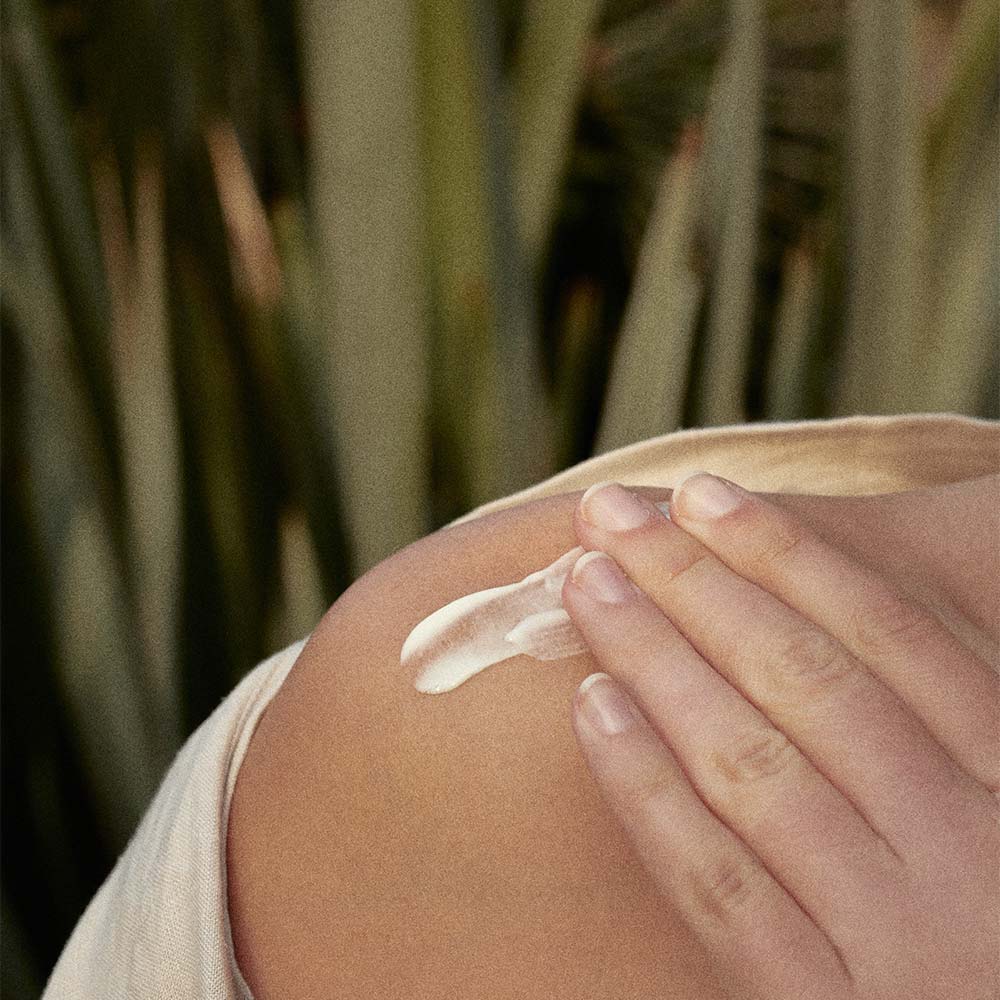

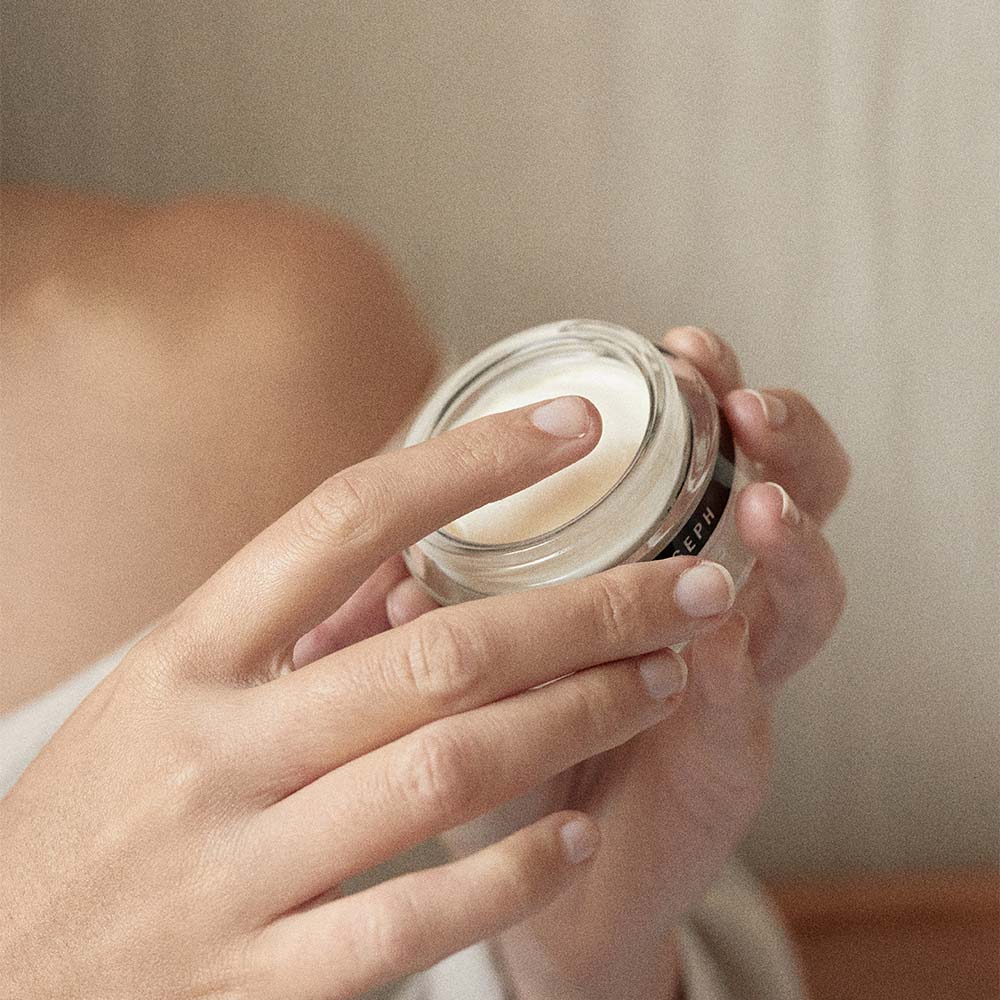

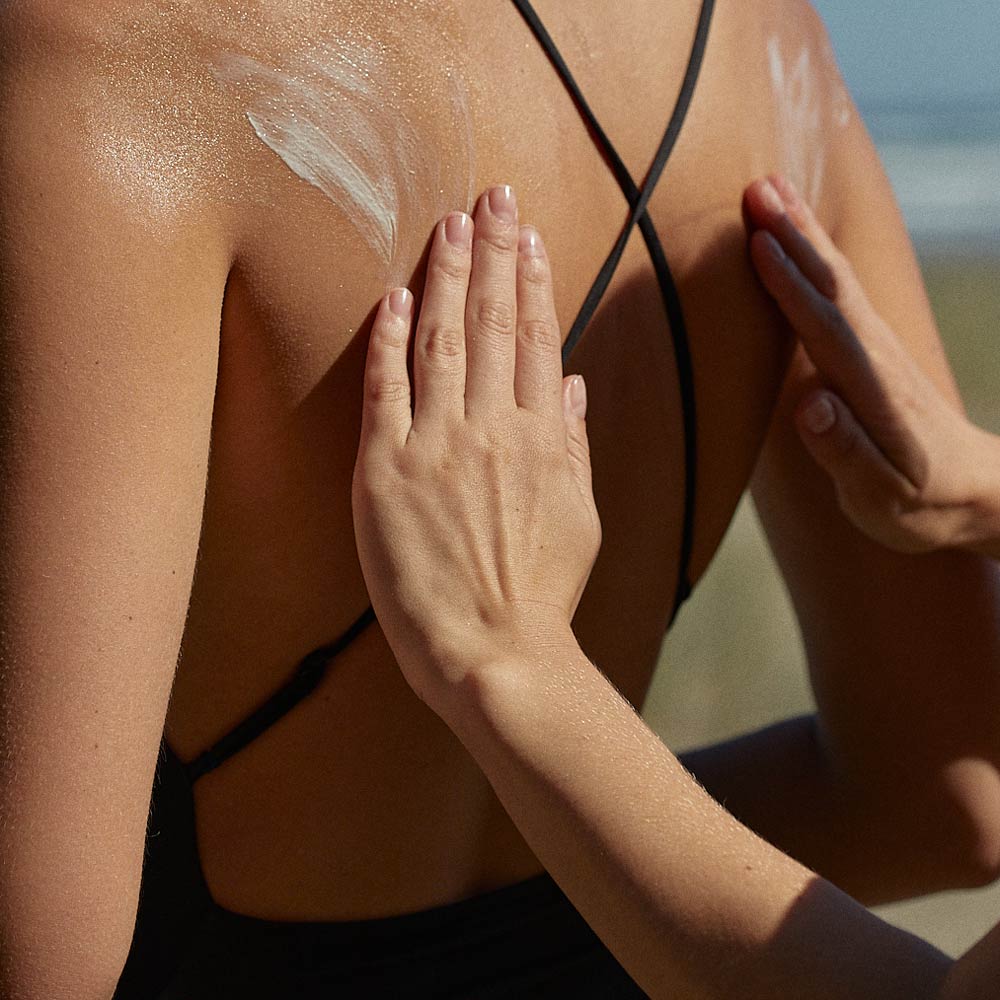







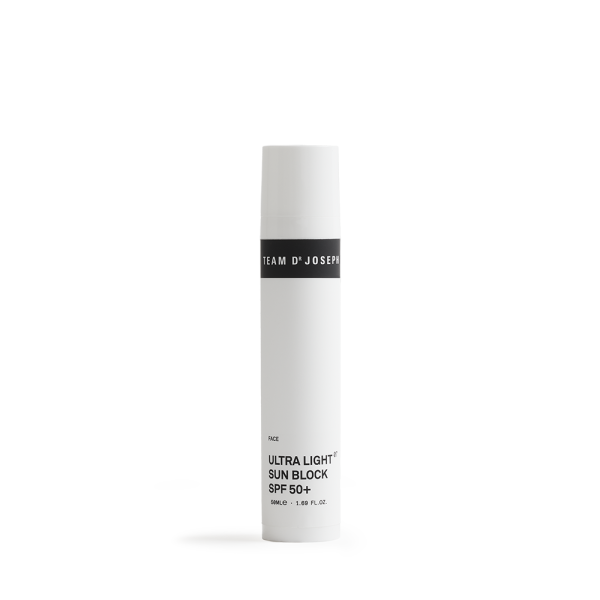

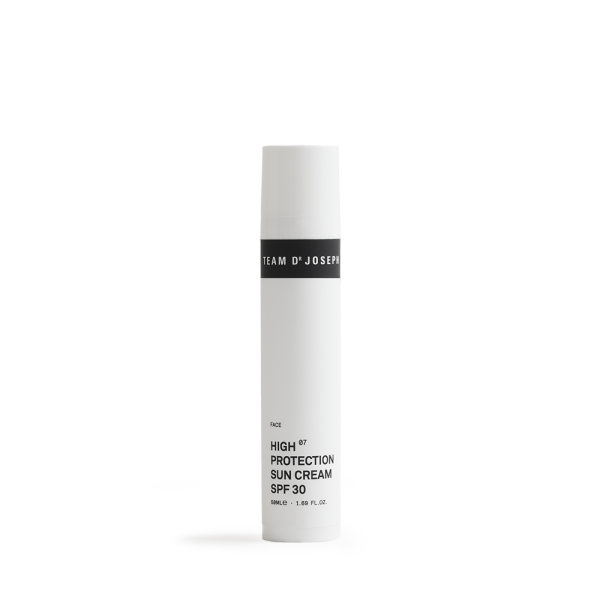

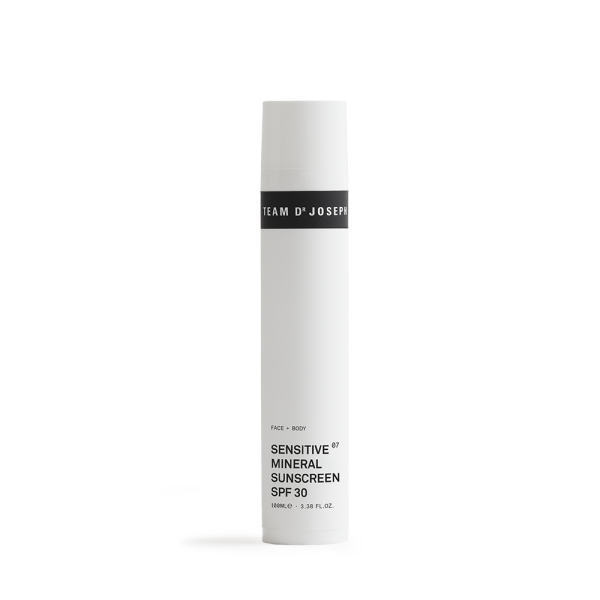

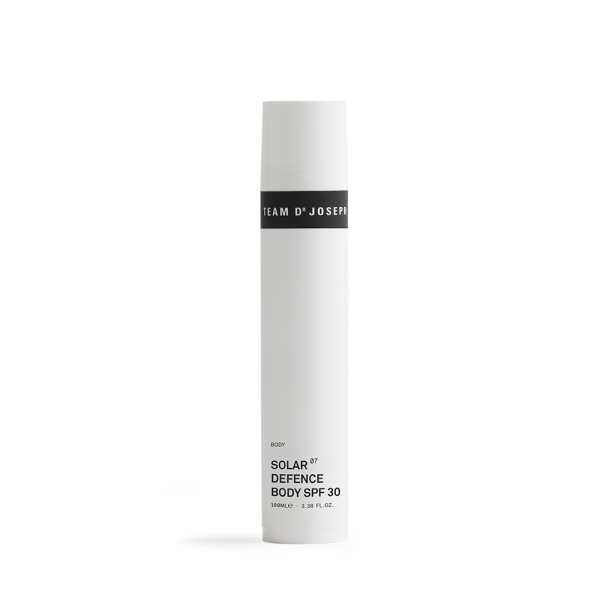

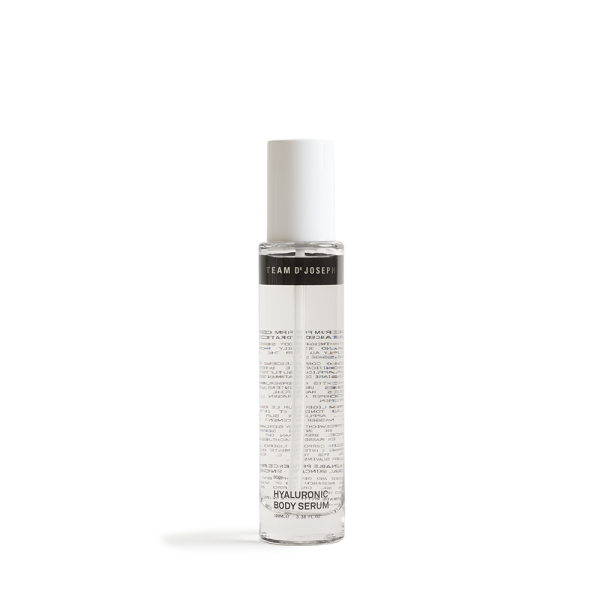




.png)

